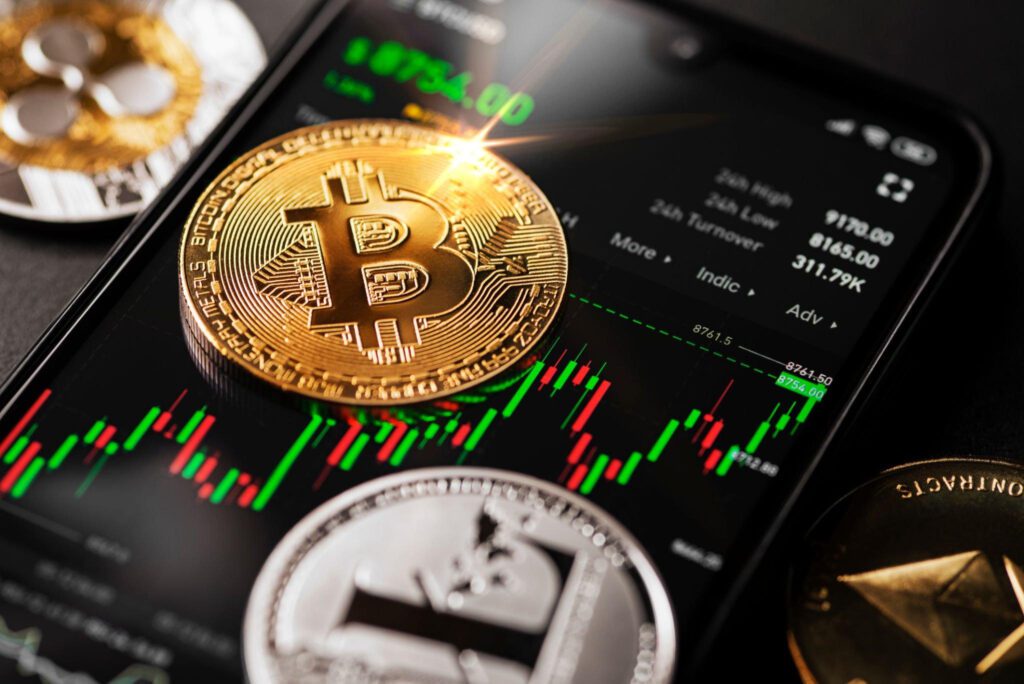
In the volatile and fast-paced world of crypto futures trading, understanding the concept of crypto futures liquidation is crucial. Liquidation can be a trader’s worst nightmare, but with the right knowledge and strategies, you can safeguard your investments. This article aims to provide an in-depth understanding of what liquidation is, how it works, and how you can avoid it in the crypto futures market.
What Is Crypto Futures Liquidation?
Liquidation in crypto futures occurs when a trader’s position is automatically closed by the exchange. This is done to prevent further losses that could affect not only the trader but also the stability of the market.
Why Does Liquidation Happen?
Crypto Futures Liquidation is triggered when a trader’s margin balance is insufficient to maintain their open positions. This usually happens when the market moves unfavourably against the trader’s position, causing them to lose more than their initial margin.
The Role of Margin and Leverage
Margin is the amount of money that you need to open a position. Leverage, on the other hand, allows you to control a larger position with a smaller amount of money. While leverage can amplify profits, it also increases the risk of liquidation because it magnifies losses.
How Does Liquidation Work?
When you open a futures position, you are required to maintain a certain level of margin. If the market moves against you, the exchange will issue a margin call, requiring you to add more funds.
A margin call is a warning that your margin level is falling below the required maintenance margin. If you fail to add more funds after receiving a margin call, your position will be liquidated.
The Liquidation Process

Once liquidation is triggered, the exchange will close your position at the current market price. Any remaining margin will be returned to you, but you’ll also incur a liquidation fee.
Types of Liquidation
- Partial Liquidation
In a partial liquidation, only a part of your position is closed. This is enough to bring your margin level back to the required maintenance margin.
- Full Liquidation
In a full liquidation, your entire position is closed, and you lose your initial margin. This usually happens when the market is extremely volatile and moves rapidly against your position.
How to Avoid Liquidation
Avoiding liquidation involves a combination of strategies and best practices.

- Use Stop-Loss Orders
A stop-loss order is a trading tool that allows you to set a specific price at which your position will be automatically closed. This helps you limit your losses and avoid liquidation.
- Monitor Margin Levels
Regularly check your margin levels. Many trading platforms offer features that alert you when your margin level is nearing the maintenance margin.
- Leverage Wisely
While high leverage can offer higher profits, it also comes with increased risk. If you’re new to futures trading, it’s advisable to start with lower leverage and gradually increase it as you gain more experience.
- Diversify Your Portfolio
Putting all your eggs in one basket is risky. Diversify your investments across different assets and trading strategies to mitigate the risk of liquidation.
How Can You Prepare if the Risk of Liquidation is High?
If you’re nearing a liquidation event, you have a few options:
- Add More Funds: Increase your margin balance by depositing more funds into your trading account.
- Reduce Position Size: Close some of your open positions to reduce your overall exposure.
- Consult Experts: If you’re unsure of what steps to take, consult with financial advisors who specialize in crypto futures.
Conclusion
Understanding and avoiding liquidation is crucial for anyone involved in crypto futures trading. By employing prudent risk management strategies and keeping a vigilant eye on your margin levels, you can navigate the crypto futures market more confidently and profitably.
Disclaimer
This article is for informational purposes only and should not be considered as financial advice. Always conduct your own research and consult with a financial advisor before engaging in crypto futures trading.

